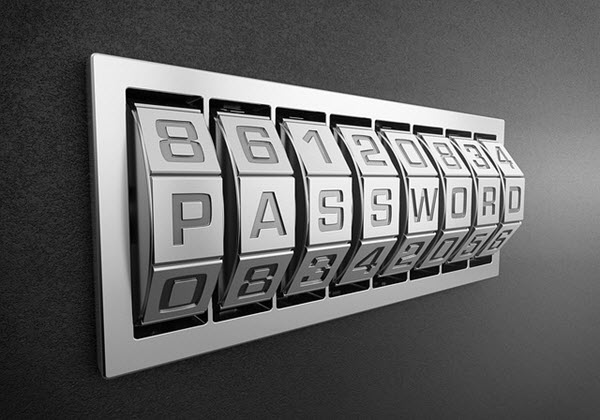Whether you’re accessing an online banking portal or checking your email, you can’t get too far without entering passwords. Unfortunately, hackers can also get as far as a legitimate user if they know the password or can figure it out. Understanding the best way to create passwords will help you avoid the disasters that stem from compromised accounts.
Here are six tips to get you started.
Create Nonsense Words
People often use variations of their favorite bands, beloved sports teams, names of their pets, cities, and other words that could be relatively easy to guess. It’s better to create words that aren’t in the dictionary or part of any pop culture.
Hackers can orchestrate brute force attacks that involve trying random password possibilities at a rapid pace until they stumble upon the one that works. Even though cyber criminals usually depend on automated software, they often shorten the task through what’s known as a dictionary attack. As the name indicates, it involves trying all the words that exist in a dictionary.
So, by coming up with a nonsense word, you’re safeguarding yourself against that kind of attack.
If you think that’s too easy to forget, make a nonsense word out of things that make sense to you. Let’s say you love the Beatles and you have a dog named Wilbur. In that case, the password “wilbeat” could work.
Mix Things Up

In addition to protecting your password from hackers with nonsense words, you can make things harder for them by mixing letters and symbols. Pick a combination of upper and lowercase letters, numbers, and special characters such as exclamation points or the dollar sign.
Use Different Passwords for All Sites
It’s convenient to use one password for all or most of the sites you visit. However, taking that approach only gives hackers more access if they successfully break into one account. As tempting as it is to do otherwise, make sure each password for the sites you visit is a unique one.
One method of creating passwords you’ll remember is to use a password management tool. Typically, you choose one master password that works for all sites because the manager stores the different passwords you need online.
Some tools even create randomly generated passwords automatically which is helpful if your work requires you to change your password regularly.
Follow Site-Related Guidance for Password Creation
Many websites have rules for the things your password must contain when you set up your account. Read them carefully as you go throughout the process. Furthermore, the site may have an indicator that shows whether a particular password you’ve entered is strong or weak. If it suggests you have room for improvement, consider another password.
See Also: How To Maintain Your Privacy Online
Rely on Muscle Memory
When typing on a keyboard, do you frequently notice your fingers know how to reach the letters even if you don’t look down? If so, think about making an uncrackable password by using a muscle memory method that takes your fingers around a particular area of the keyboard in a pattern, similar to the one you might trace on a screen to unlock your smartphone.
Take “wdrgyh”, for example. You can create it by letting the fingers of your left hand go over alternating rows of the keyboard. If you’re a tactile learner and want to make your muscles do the remembering instead of your mind, this technique could work well. It doesn’t require writing anything down that hackers could find.
Don’t Overlook Two-Factor Authentication Options
Many sites give you the choice of activating a two-factor authentication and some require it. While the specifics vary depending on the site, it usually means you’ll also input a generated code that gets sent to your smartphone or email address.
The idea is that if a hacker figures out the password for your online banking platform or another secure area, they probably won’t also have your phone or access to your email account. That is if you use the tips above and don’t set up the same password for site after site.
Some websites allow you to bypass the steps of two-factor authentication on a “trusted” device, which is usually the one you’re using at the time. If you always log into a particular account on your home computer, you could designate that device as one you trust. Doing so should allow you to only log in with a password instead of the unique code created by the site.
Pick Your Passwords Precisely
Hopefully, you now have more knowledge on the best way to create passwords. Sometimes, they’ll be able to break in despite the precautions you take, but following these six suggestions will make that much less likely.